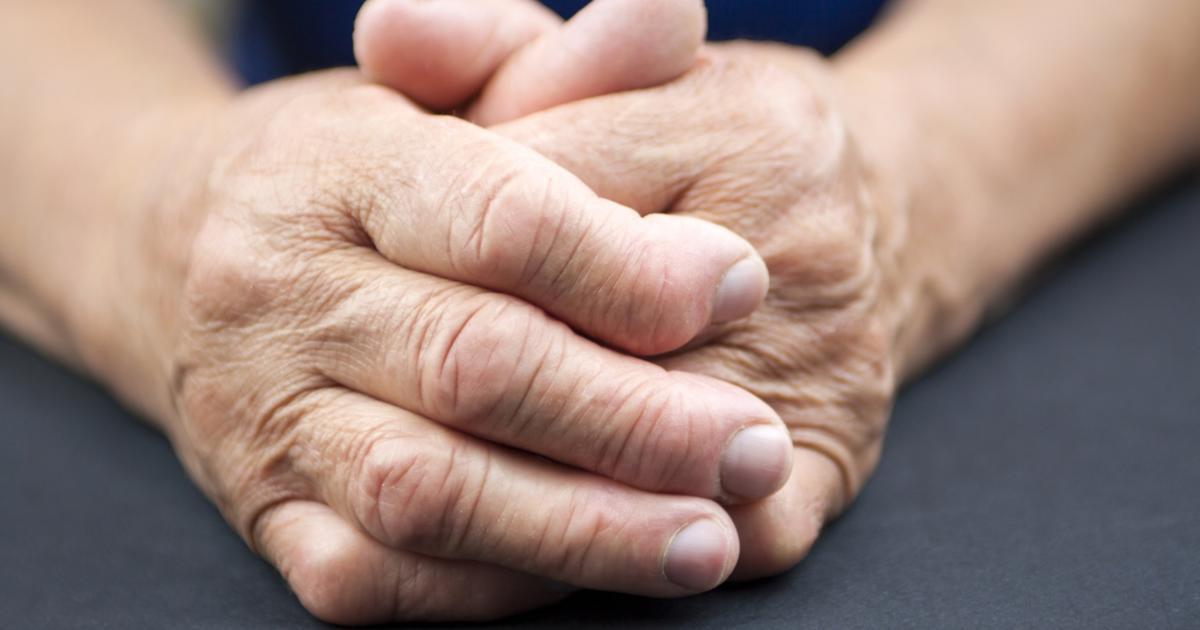Facts You Need to Know About Osteoarthritis
Osteoarthritis, the most common form of arthritis, is a progressive condition involving the breakdown of joint cartilage, which protects the ends of bones, as well as bone. It is typically the result of an individual's body being unable to adequately repair joint tissues that have sustained damage. Osteoarthritis most commonly affects the big toes, knees, hips, spine, and hands. The symptoms of this condition, which include stiffness and joint pain, often come and go in waves, though the pain typically increases in intensity as the disease progresses.
Get to know the most important facts surrounding osteoarthritis now.
50% Of Adults Will Develop Osteoarthritis

Reports indicate roughly half of all adults develop osteoarthritis at some point in their lives, evidence showing just how common this condition truly is. Additionally, about one in every two adults will develop osteoarthritis in their knees while one in four will develop the condition in their hips. Finally, approximately one in twelve adults will develop osteoarthritis in their hands. Some genetic conditions can lead to the development of osteoarthritis early in adulthood, but the majority of adults with this condition are sixty-five years old or older.
Due to how common osteoarthritis is, it is crucial for everyone to at least understand the basics surrounding the condition. Symptoms of osteoarthritis vary, depending on which joints are affected and how severely they are affected. However, the most common symptoms are pain and stiffness, particularly first thing in the morning or after resting. Affected joints may get swollen, especially after extended activity. These symptoms tend to build over time rather than show up suddenly.
Uncover more facts about osteoarthritis now.
Morning Stiffness Is The Most Common Symptom

Although osteoarthritis affects everyone differently, the overall most common symptom of this condition is joint stiffness after a long rest. So, after sleeping all night, morning movement in the affected joints is rigid and stiff. This also occurs after long periods of sitting. It is not hard to see why such a simple symptom goes overlooked for a long period. Another common symptom of osteoarthritis is swelling after a long duration of activity. Some affected individuals feel throbbing pulses, burning, and numbness. Individuals who begin to feel any of these symptoms should speak with a doctor as soon as possible to look into diagnostic tests and to arrange the appropriate treatment methods.
Keep reading to learn more about osteoarthritis now.
